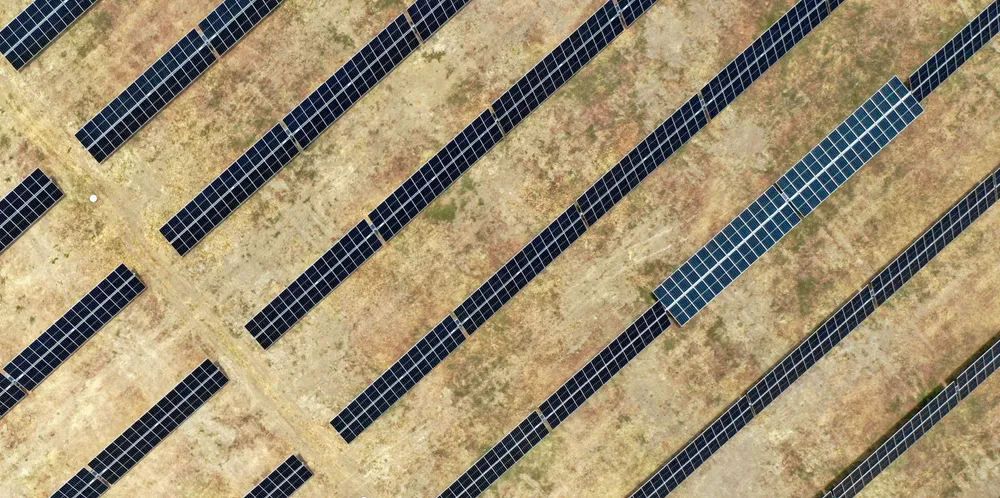Which parts of the world will be able to produce the cheapest green hydrogen in the long run?
Colombia and Morocco make surprise appearances in Irena study's top five

China will be the cheapest place to produce green hydrogen in the long term, followed by Chile, Morocco, Colombia and Australia, in an “optimistic” scenario, according to analysis from the International Renewable Energy Agency (Irena).
Chinese producers could be delivering green hydrogen at a levelised cost (LCOH) of just over $0.65 per kg by 2050, with Chile only marginally behind.
The US and Saudi Arabia, by comparison, would be able to achieve levelised costs of around $0.75-0.80 per kg in the optimistic scenario, with Saudi Arabian costs rising significantly higher than those in the US in a pessimistic scenario, due to water constraints.
This issue also affects Morocco, which according to Irena’s most optimistic cost scenario, has the potential to produce hydrogen at levelised costs comparable to Chinese production. However the agency warns of a significant level of uncertainty around Morocco’s access to water, potentially constraining production by 63%.
In Irena's pessimistic scenario, Canada sneaks into the top five, ahead of Morocco.
Significantly, many parts of the world will be producing green hydrogen at below $1 per kg by 2050 in the optimistic scenario, said Irena, with the exception of Southeast Asia, the UK, Germany, Argentina, Japan, Korea and northern Europe, among others.
Ukraine would also miss the mark, it added, a conclusion that could hold potential ramifications for the EU’s ambition to create a “hydrogen corridor” from Ukraine.
But some individual nations vying to become green hydrogen economies — particularly in sub-Saharan Africa — were not included as individual nations in the Irena analysis, potentially skewing the results.
And Namibia, which has been touting its hydrogen export potential to Europeans at the World Economic Forum in Davos, is likely to be relatively expensive compared to other African nations, with costs of $1.20-1.90/kg — although this could be related to Irena labelling much of the country as “not eligible” due to water and other constraints — despite pointing out the relative low cost of desalination.
In fact, only 25 countries in total were analysed, with the remainder lumped into regional or continental entries.
Overshadowed
The country is targeting 3GW of dedicated electrolyser capacity by 2030, having grown its solar and wind capacity 100-fold to around 2.8 GW over the past two years.
Colombia closed an auction for onshore wind and solar in 2019 at below $30/MWh, Puyo said, adding that the country is also banking on investment-based tax incentives to bring cash into the country’s hydrogen sector.
“It may also depend on what happens with the carbon tax,” he added. “We have very small price for carbon tax at the moment, which is set to increase over the next couple of years, and that is definitely going to make green hydrogen very competitive.”
Full list
Irena’s full list for LCOH in 2050 (in optimistic scenario) is as follows:
1) China
2) Chile
3) Morocco
4) Colombia
5) Australia
6) Mexico
7) Oceania
8) India
9) US
10) Saudi Arabia
11) Spain
12) Latin America
13) Canada
14) Portugal
15) South Africa
16) Europe
17) Asia (rest of)
18) Indonesia
19) Italy
20) Brazil
21) Middle East and North Africa
22) Sub-Saharan Africa
23) France
24) Southeast Asia
25) UK
26) Germany
27) Turkey
28) Russia
29) Argentina
30) Rest of Europe
31) Ukraine
32) Japan
33) South Korea